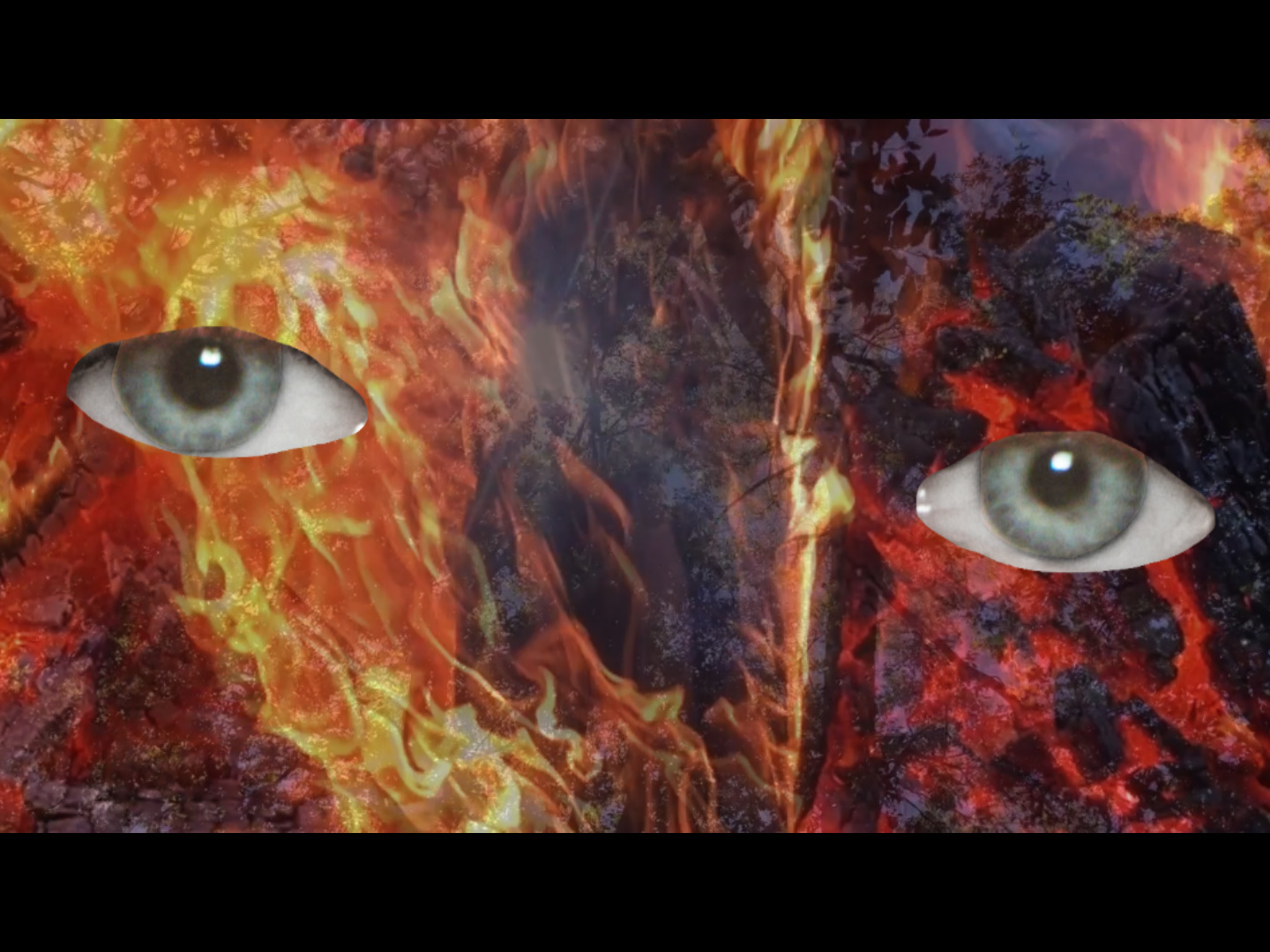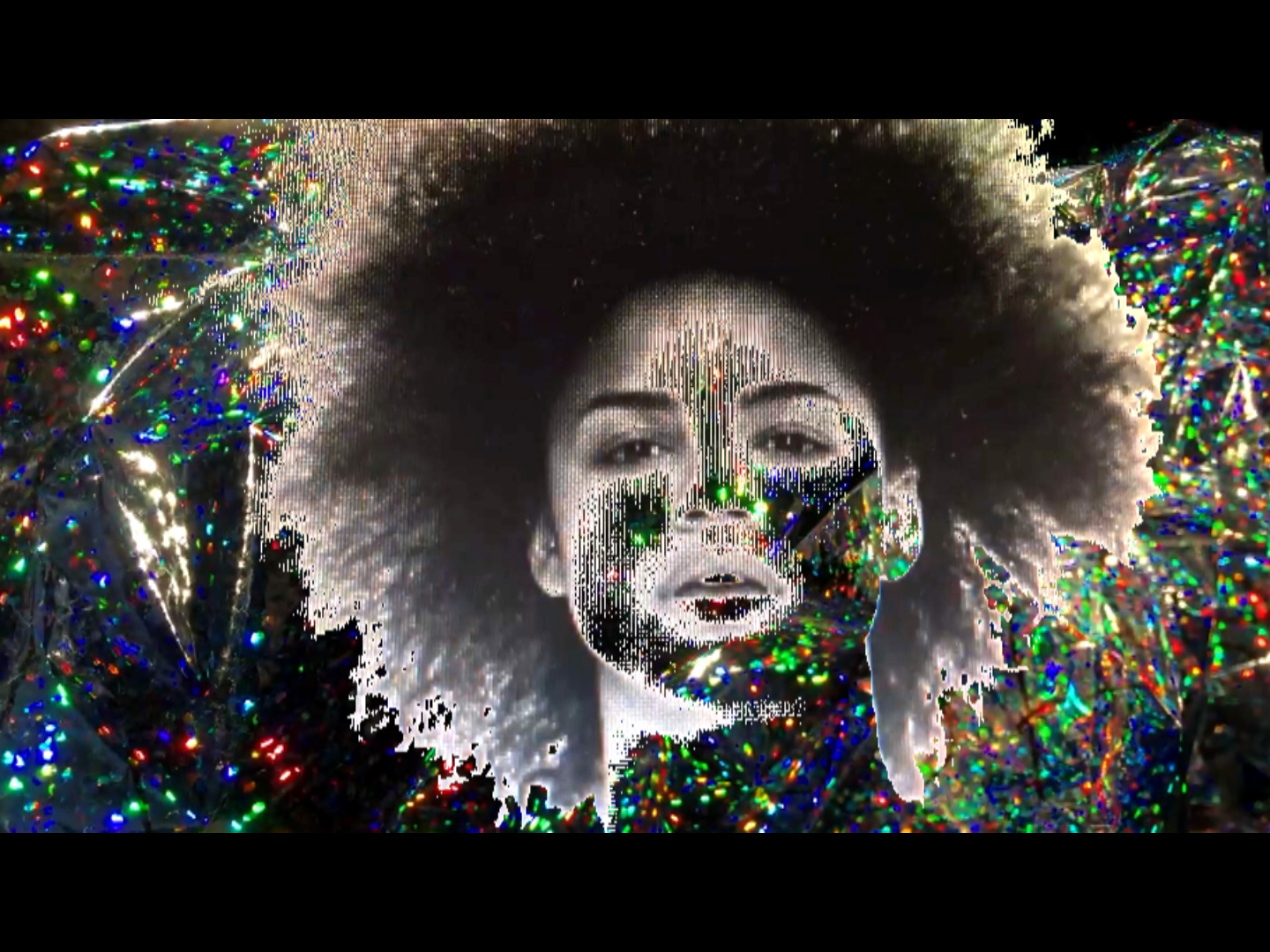Created in collaboration with iconic photographer David Sims, stylist Jane How, illustrator Fergus Purcell, and contemporary artist, Ben Sansbury, Aries’ latest film shows how teamwork makes the dreamwork. “I find it hard to work on my own — I love working with other people, especially visual artists. I actually don’t see what I do as having any necessary artistic talent, it’s about the exchange I have with other people,” the brand’s creative director Sofia Pranter explains. Having designed for legendary brand Silas, Prantera went on to set up Aries in 2012. The brand’s aesthetic is softly spoken yet luxurious skate-wear dressed in confident droplets of girl power.
“It’s about rebelling against pre-conceived ideas about femininity and women in streetwear. It was a male-orientated world, whereas now with younger generations, we see more open and various ideas of what a woman is,” says Prantera. “That’s why brands like mine are doing better commercially. I have a problem with the image of women who feel uncomfortable. A woman should feel comfortable, powerful. It’s about finding your way.”

It’s this attitude that defines the power of Aries. The clothes — long denim skirts, soft leather jackets, chiffon tees, and baggy trousers — create a seamless sexiness. The film, styled by Jane How, echoes this carefree joy; it features smiling girls, crop tops, and very, very well cut jeans. “I am very interested in the clash between high and low fashion,” explains Prantera.
Naturally, she gathered the legendary figures whose inimitable work constantly plays with this clash. David Sims and How shot and styled the film; Fergus Purcell and Ben Sansbury illustrated and collaged it further. “I didn’t want to do a film at first, because I didn’t think I had anything in say in fashion for a film and I didn’t want to tell the story of the brand through a fashion show. It was about this hi-lo fashion clash, and so involving all the creatives who would show, was what I wanted to achieve. It was the process before the title or anything else.”

“At a time when originality is almost impossible to achieve, I felt it was important to concentrate on creating a new original process if not necessarily an outcome; as now more than ever it’s the process that determines the authenticity and relevance of the work produced and gives it its aura,” Prantera states. We couldn’t have put it better ourselves.
Credits
Text Bojana Kozarevic
